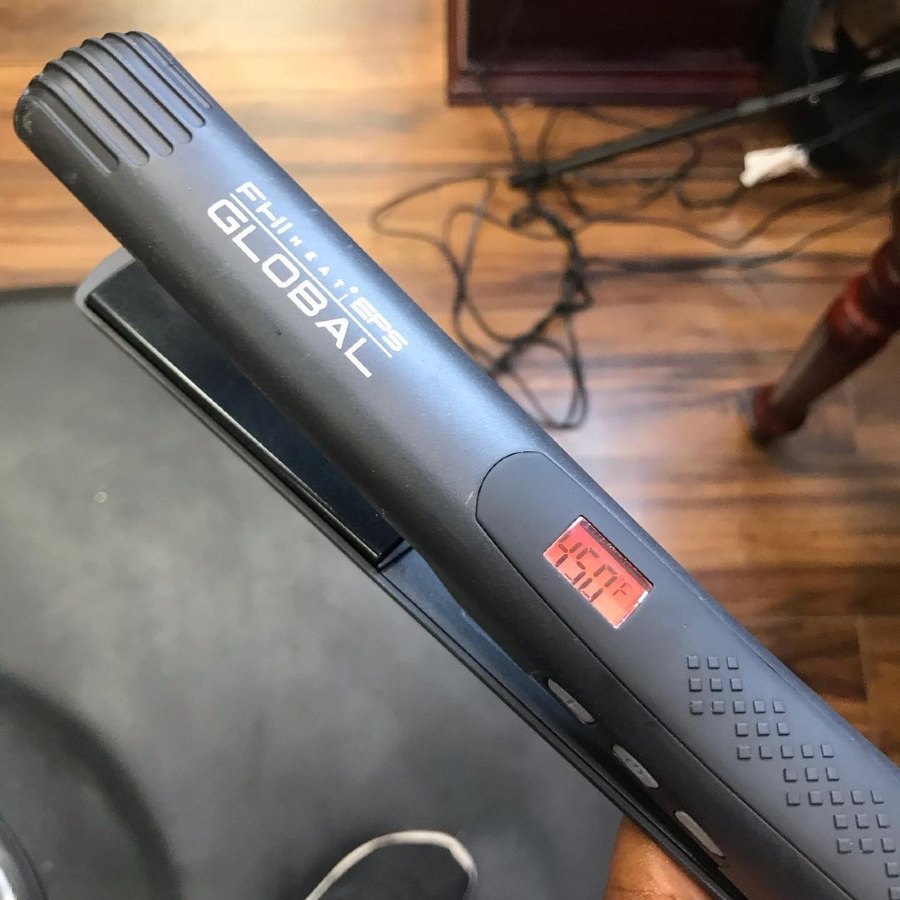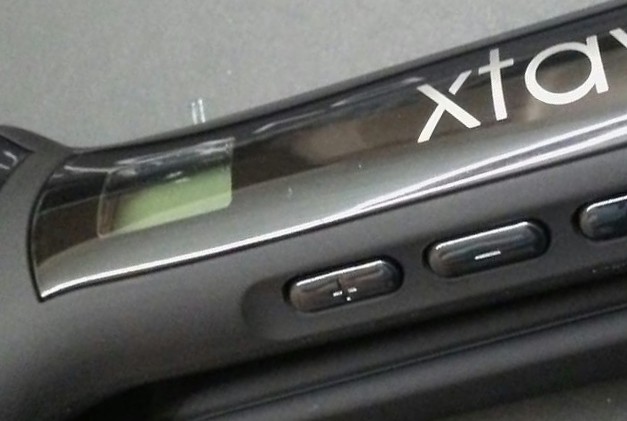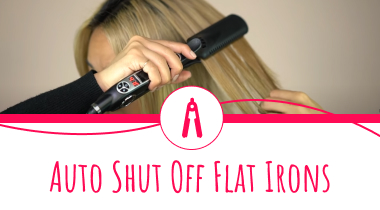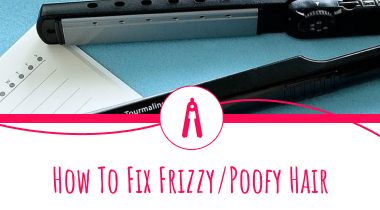What Is Best Temperature for Flat Ironing Hair
Different styling devices on the market have a range of different temperature settings. The highest temperature does not mean the straightest and smoothest results.
The highest temperature setting uses inappropriately on a hair type that doesn’t need it results in burnt and damaged strands.
Choosing the right flat iron temperature settings for your hair type is not only important for effectively achieving the hairstyle you want, but also for the health of your hair.
Possible Results of Incorrect Hair Straightener Temperature Settings
Heat damage is not reversible and can only be eliminated with a haircut. The main cause of heat damage is excessive temperature settings. Hair that’s damaged from heat is often difficult to style and doesn’t feel nice to the touch.
Heat damage in appearance looks
- dull in color
- dry and rough, split ends,
- frizzy and frazzled.
The whole purpose of using styling tools is to make our hair look better, not worse. This is why heated tools should always be used with caution and it’s important to know the appropriate temperature for your hair type.
So how hot should your flat iron be?
Brief Temperature Guide
Getting the best hairstyle requires an adequate straightening tool and knowing how to straighten properly but using an appropriate temperature is not less important.
In order to choose the right temperature for styling, you first need to know your hair type. Whether your hair is fine, normal, or thick and abundant – each requires specific temperature settings.
| Hair type | Ideal Temperature |
|---|---|
| Thin, fine or damaged | 300 °F |
| Normal, medium, wavy | 300°F – 350°F |
| Thick, coarse, curly | 350°F – 400°F |
Fine Hair
Fine hair is most fragile and therefore the most prone to damage. It cannot withstand high temperatures without damage. High-temperature settings should never be used with any heated tool to style fine hair and it’s not necessary either as it can be styled easily with a temperature as low as 300 °F. It’s best to allow fine hair to air dry before styling with a hot tool, because the less heat exposure, the better.
Normal/Medium Textured Strands
This is the most common hair type and actually the easiest to style. It’s not necessary to use the highest heat as the best results easily develop from using a mid-range temperature.
The most appropriate temperature range for normal hair is between 300°F – 350°F. It can be styled into any form with the least amount of effort.
Thick, Coarse hair
Thicker hair types can certainly withstand higher temperatures and require high temperature in order to get a smooth style efficiently, although heat protectants should not be neglected. Thick coarse hair can be styled with temperatures of 350°F – 400°F.
Tips for Straightening without Damage
- It’s best to start low and increase as needed. While certain hair types can get away with lower temperatures, thick and coarse strands require something higher in order to achieve the results but it’s always best to see for yourself what the lowest temperature you can get away with by starting low and gradually increasing until you reach the appropriate setting.
- Look for a styling tool with a temperature lock as this prevents accidental temperature change while straightening, accidentally cranking up the temperature when straightening is dangerous for your strands.
- Ceramic is the best material for achieving a consistent temperature while straightening and it ensures no hot spots. Hot spots are certain areas of the heated plate that have a higher temperature than the rest of the plate. Hot spots cause damage, so opt for a straightening tool with ceramic plates for consistent heat. Consistent heat means fewer passes, ensuring faster results.
- Always use heat protection. There are many different heat protectants for different hair types in form of either creams, sprays, oils, serums, etc., whether your hair is dry, oily, or somewhere in between. Don’t skip using heat protectant; it actually shields your hair from the damage of heat preserving the hair’s quality.
- Don’t use heat on a daily basis. Several times per week is ok but on a daily basis is likely to cause loss of moisture and breakage in any case.
Also Read:
- Best Flat Irons for Black Hair
- 1-Inch Flat Irons Reviewed
- FHI Flat Irons Reviewed
- How to Flat Iron Natural African American Hair
- Why Does My Hair Smell Burnt
Finishing our Flat Iron Temperature Guide
Now, you are more aware of what’s the best temperature for straightening hair and how the temperature you use has an effect on your hair. By following the temperature guide and tips for straightening without damage, your hair will stay healthy and beautiful.
Table of Contents
ToggleAllyson Carter
Ally is a professional hairstylist with more than 6 years of experience, but hair has been her passion since early childhood. Here, at Hair Spies, she blogs about all things hairdressing, hair tools, and everyday hair care. Read more about Allyson here.









